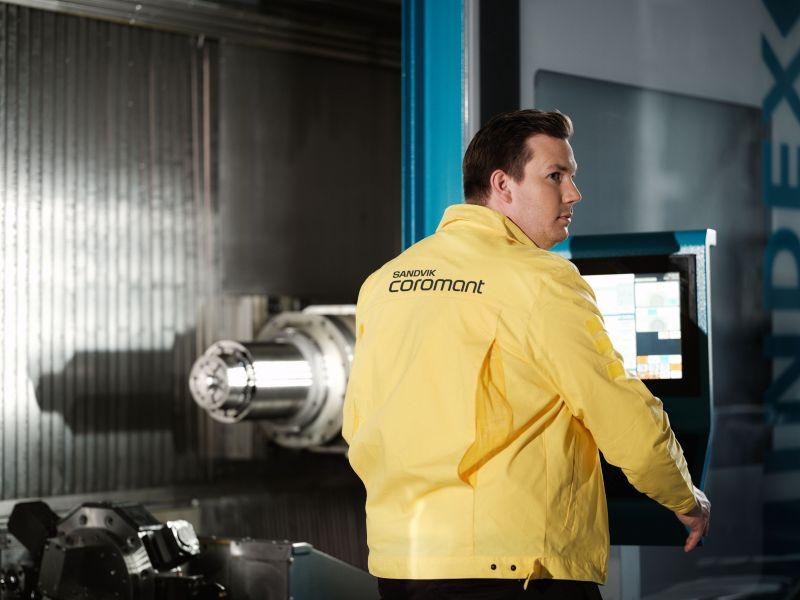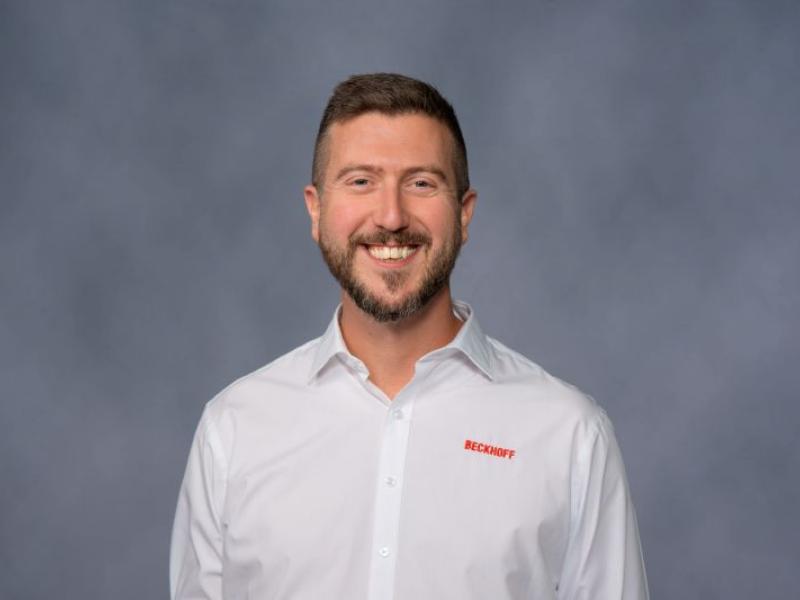According to World Economic Forum data, 50% of manufacturing tasks will be automated in 2025. Although automation technologies play a key role in any successful production strategy, manufacturers should see these tools as a complement to, rather than a replacement for, staff knowledge and expertise. Here, Corina Kheo, Academy Manager at metal cutting tools and manufacturing solutions expert Sandvik Coromant, explores how effective training and development on emerging manufacturing technologies is crucial to closing the skills gap.
Automation tools such as artificial intelligence (AI) and computer-controlled machinery have surged in popularity recently, with a 2022 survey showing two-thirds of manufacturers expect to automate at least 80% of their processes within ten years.
However, while automation technology will help to fulfil the need for rare, specialised skills that contribute to the skills gap, the tools can also contribute to its growth. Recent research from IBM suggests that around 40% of the workforce will have to reskill as a result of the implementation of AI and automation. In other words, although the nature of the knowledge required is changing, the skills gap will persist without effective training and development in emerging manufacturing technologies.
Cutting the skills gap
To prevent the skills shortage growing in line with process automation, manufacturers should prioritise educating their workforce on how breakthrough technologies are impacting the industry, as well as providing them with the technical expertise required to implement the tools within production processes.
As Sandvik Coromant operates in the industry we serve, we are well placed to equip our manufacturing and engineering customers and partners with this essential knowledge. Every year, over 30,000 engineers benefit from our extensive range of upskilling opportunities developed by the Sandvik Coromant Academy.
Many of these opportunities are available in-person in our Sandvik Coromant Centres. Spanning Asia, Europe and the Americas, these facilities help to tackle the skills shortage on a worldwide scale with training and development opportunities.
Our knowledgeable engineering teams demonstrate efficient tooling and cutting applications, such as the Sandvik Coromant PrimeTurning methodology and CoroPlus Tool Path software, which can improve efficiency and productivity within all-direction turning processes. Also available as remote digital live machining (DLM) sessions and on-demand webinars, the demonstrations allow engineers to understand how to apply these tools in their own machining set-up.
Sandvik Coromant’s digital training provision also includes a free e-learning platform that offers 75 university-level short courses in metal-cutting skills such as threading, milling and turning.
Our commitment to providing the development opportunities required to create a resilient industry is underscored by the manufacturing wellness vision. This mindset is made up of eight habits that enable manufacturers to be successful, including developing your people, embracing new technology and automating in order to reduce costs and improve quality.






